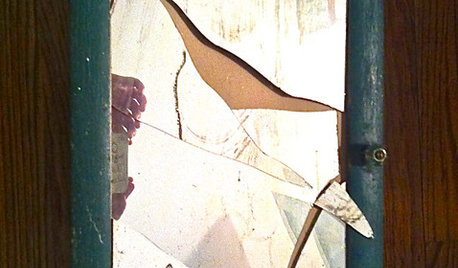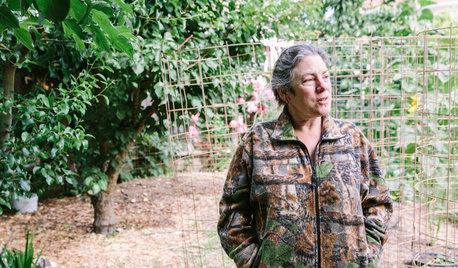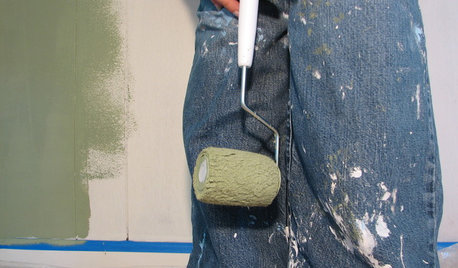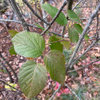Well, Now I'm a Believer!
mutantplantlover
13 years ago
Related Stories

BEFORE AND AFTERSOh Say, Can You Believe These $200 Star-Spangled Stairs?
Once sporting a mucky 1970s look, this staircase can now proudly be hailed for its beach cottage charm
Full Story
LIFEDo You Believe in Luck Around the House?
Broken mirrors, spilled salt, an unavoidable ladder — superstitions don't seem to affect this homeowner. Knock wood
Full Story
HOME TECH3 Kitchen Contraptions You Won’t Believe
Pizza hot from the printer, anyone? These cooking gadgets harness imagination and high tech — and have price tags to match
Full Story
REMODELING GUIDESYou Won't Believe What These Homeowners Found in Their Walls
From the banal to the downright bizarre, these uncovered artifacts may get you wondering what may be hidden in your own home
Full Story
SMALL SPACES10 Tiny Kitchens Whose Usefulness You Won't Believe
Ingenious solutions from simple tricks to high design make this roundup of small kitchens an inspiring sight to see
Full Story
FARM YOUR YARDTo Get the Food They Believe In, These Urbanites Grow Their Own
Home gardeners farming on their city lots find that local, organic food isn’t the only reward
Full Story
SMALL SPACESHouzz TV: You Won’t Believe Everything This Tiny Loft Can Do
Looking for more floor space, a San Francisco couple hires architects to design a unit that includes beds, storage and workspace
Full Story
PAINTINGHelp! I Spilled Paint on My Clothes — Now What?
If you’ve spattered paint on your favorite jeans, here’s what to do next
Full Story
KIDS’ SPACESOnce a Cluttered Closet, Now a Creative Workspace
With a desk, chalkboard walls and cute accessories, this 'cloffice' opens up a kid's bedroom. See the DIY steps
Full Story
WINTER GARDENING6 Reasons I’m Not Looking Forward to Spring
Not kicking up your heels anticipating rushes of spring color and garden catalogs? You’re not alone
Full StorySponsored
Most Skilled Home Improvement Specialists in Franklin County
More Discussions









rhizo_1 (North AL) zone 7
mutantplantloverOriginal Author
Related Professionals
River Forest Landscape Architects & Landscape Designers · Bergenfield Landscape Contractors · Concord Landscape Contractors · Federal Way Landscape Contractors · McLean Landscape Contractors · Middletown Landscape Contractors · Milford Landscape Contractors · Pikesville Landscape Contractors · Plainview Landscape Contractors · Round Lake Landscape Contractors · San Rafael Landscape Contractors · Vashon Landscape Contractors · Wanaque Landscape Contractors · Wickliffe Landscape Contractors · Eastlake Landscape Contractorsron_convolvulaceae
ron_convolvulaceae
mutantplantloverOriginal Author